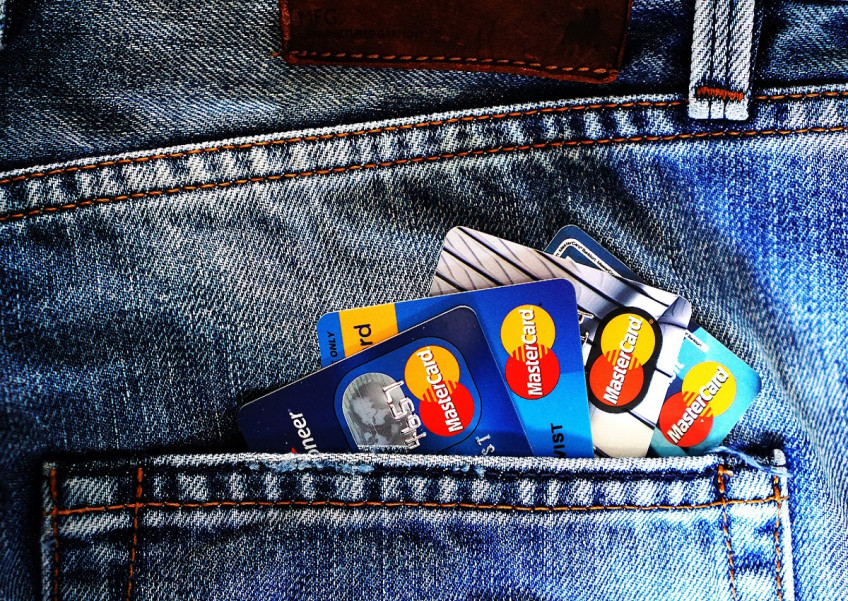How to read a credit card statement so you don't overpay/underpay

The first time I received a credit card statement, I wanted to do my due diligence by inspecting every transaction and charge.
As soon as I opened it, I was inundated by all the numbers and headers that in my opinion, sounded same same, but different.
Was the end of my billing cycle the same as the payment date? I had paid off part of my bill before the statement arrived, where was that reflected?
I closed the window in panic and selected the "pay all" option on the website. I only recently started dissecting my statements when I accidentally overpaid the outstanding amount, thus ending up with a surplus.
To ensure you don't end up in the same situation I did, I enlisted financial experts to make the statement easier to understand.
A QUICK RUNDOWN
If you don't have a credit card yet, for context, a credit card statement shows the purchases and payments made during the monthly transaction period, along with exactly how much you owe the provider every month-fees and interest charges (if applicable) included.
Huong Tran, Deputy Head of Cards at DBS Bank, advises clients who are looking at their card statements for the first time to start by referring to the summary.
This section contains key information such as total outstanding due, total minimum due and the payment due date.
To make it more digestible, Rohith Murthy, who has over ten years in the banking industry and who also founded an informative finance website, broke down the different components of a credit card statement into bite-sized pieces.
BILLING CYCLE

These dates signify the end of one billing cycle and the start of the next. As billing cycles are decided by the credit card provider, they may start on the first day of the month and end on the last day, but they can also start in the middle of one month and end in the middle of the next.
Most providers allow clients to adjust the cycle dates to better suit their convenience-for example, some prefer the cycle to align with their payday, or other bills.
TOTAL AMOUNT DUE/OUTSTANDING BALANCE

[[nid:477445]]
Everything you owe from the current billing cycle. Avoid extra charges, fees or penalties by paying this amount in its entirety by the payment due date.
If you paid off part of your bill prior to receiving your statement, the amount of your payment is automatically added back to your credit line. Your credit card statement typically reflects this under Payments or Last Payments made.
The reason why I ended up overpaying was because I paid off the amounts for all my transactions to date, including those not included in that particular billing cycle.
MINIMUM AMOUNT DUE

The minimum amount of the outstanding balance you need to pay if you want to avoid incurring additional penalties such as late payment fees.
PAYMENT DUE DATE

This is when the total outstanding or minimum amount must be paid. By paying the total amount by this due date, you will not incur any interest charges or fees.
If you pay the minimum amount by the due date, you will not incur any late payment penalties but will incur interest charges. Check carefully as this may not fall on the same date each month.
CREDIT LIMIT

This is the maximum amount that you can spend with your credit card. Each time you purchase something using your credit card, the amount is added to your credit card balance. You can deduct your balance from your credit limit to find out how much more you can spend using the card.
Some bank statements also offer a detailed breakdown of transactions, which is useful if you want to start budgeting or tracking your expenditure, as well as payments, fees and charges associated with each individual card account. If your card offers cash rebates, rewards or points, this may also be included on the document.
TIPS FROM THE EXPERTS
[[nid:444350]]
Paying off your credit card bill can be somewhat of a sore point, so here are some ways to ease the pain and to make the most out of your card:
If your bank offers instalment plans, take advantage of them. They can be especially useful if you're paying off large expenses such as laptops or even weddings. Plans such as DBS' MP3-My Preferred Payment Plan, convert transactions into installments to make the payment sizes more suited to your needs.
Alternatively, if you're disciplined enough, find out how many interest-free days you have to pay off your statement and create your own payment schedule.
Rohith says, "if you made a purchase on day one of a billing cycle, you have 20 days to pay it off before interest is applied to the balance… a purchase made on the second day of that statement period would get 19 days interest-free."
Even if you can't afford to pay the total outstanding amount, if possible, pay more than the minimum payment so you incur less interest charges on the remainder.
Maybe you're looking to apply for your first credit card, or maybe, like me, you've been paying off the statement blindly. Either way, hopefully this rundown equips you with a little more financial knowledge to navigate the world of adulting. Good luck out there!
This article was first published in CLEO Singapore.